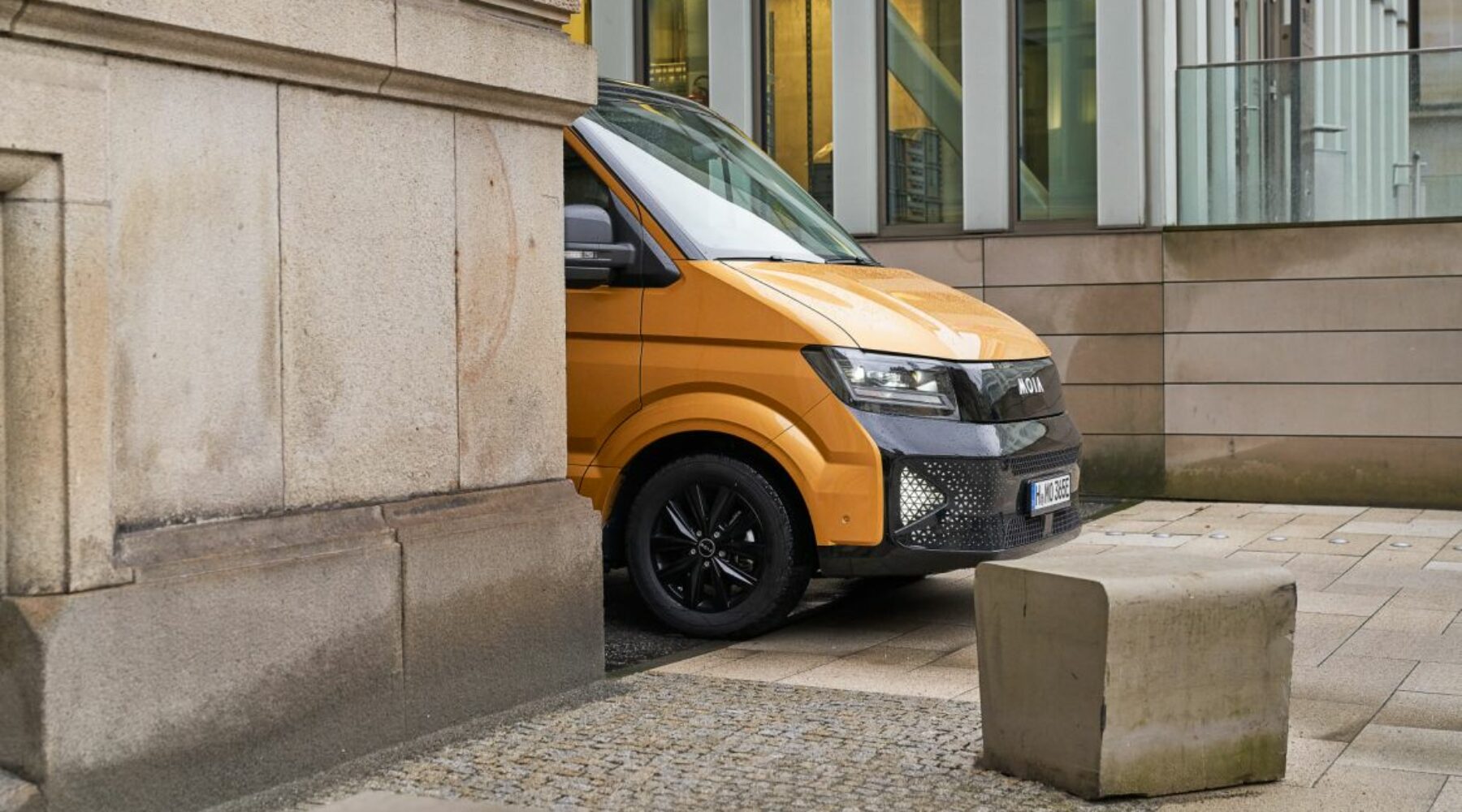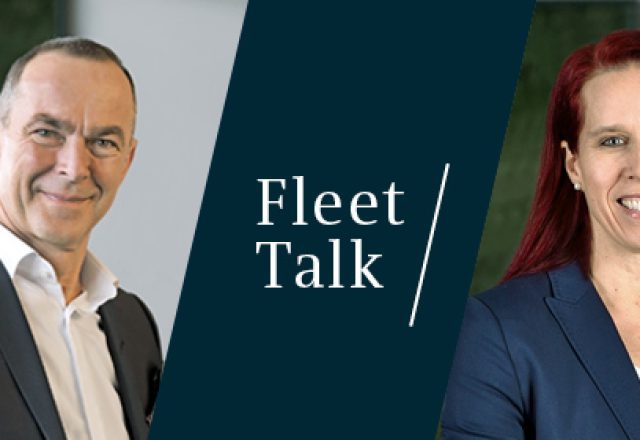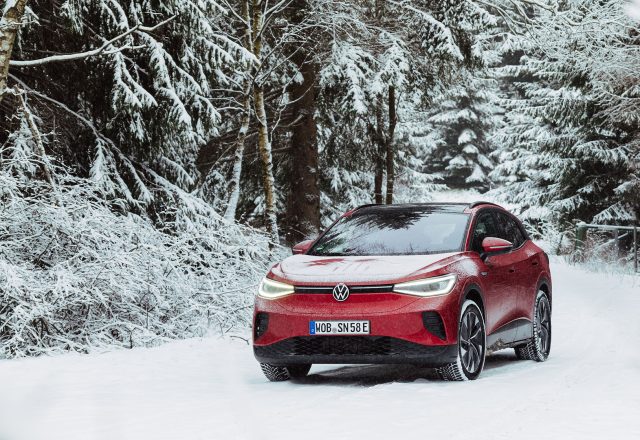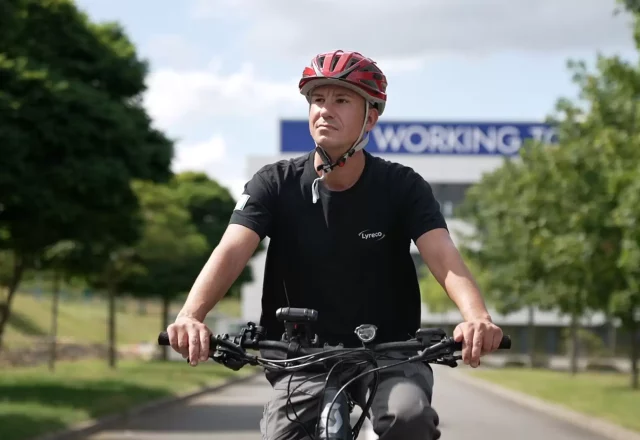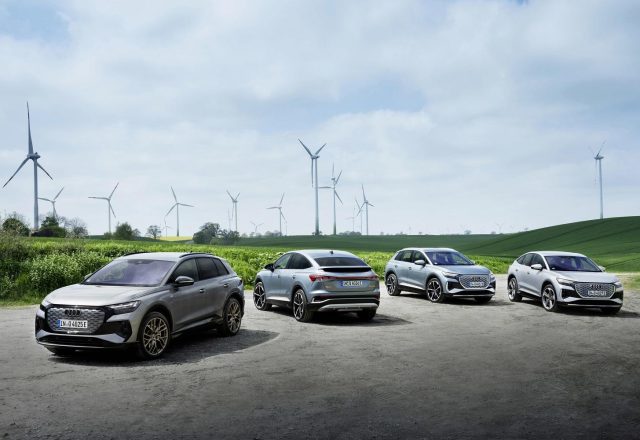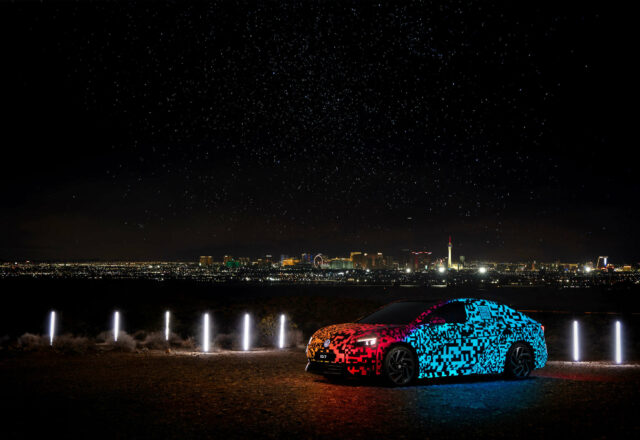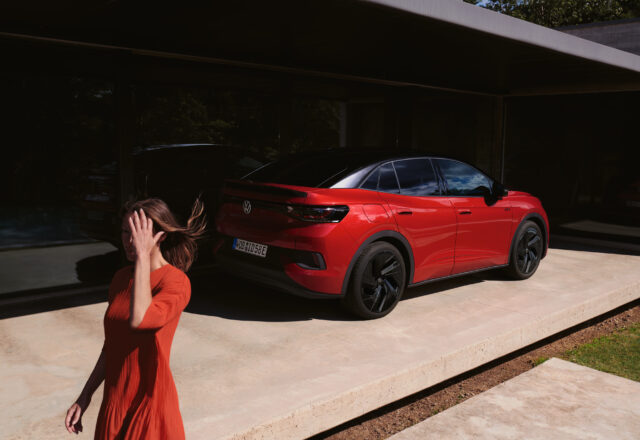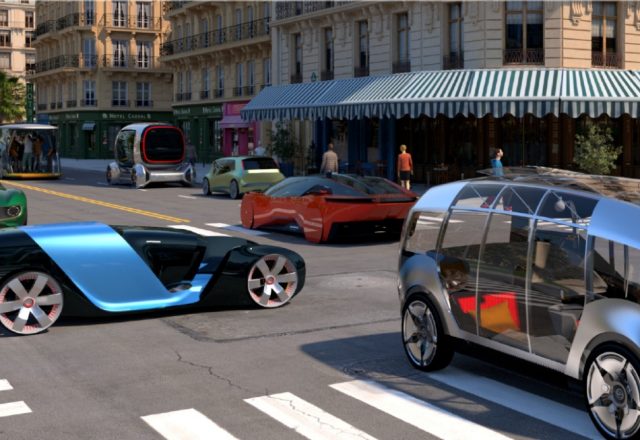While the need for individual mobility and the vision of more liveable, safer and unclogged cities may seem like polar opposites, technology company MOIA has been working or reconciling these two apparent contradictions since 2016.
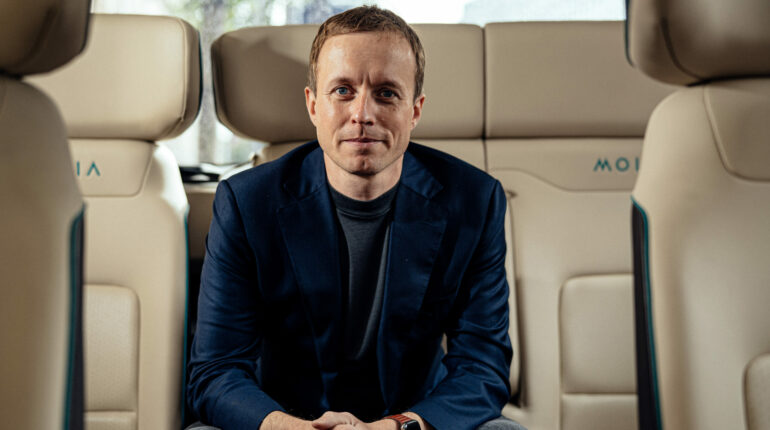
With its fully electric ride pooling concept in operation in Hannover and Hamburg, the Volkswagen Group subsidiary is already planning to carry out the first commercial autonomous journeys before long. In this interview, MOIA CEO Sascha Meyer outlines which hurdles remain to be overcome on this path and how company fleets can also benefit from the service.
Mr Meyer, for anyone who may not have heard or seen anything about MOIA before, can you tell us in three sentences: What is your mission?
We are a young technology company and our aim is to contribute decisively to the mobility transformation in urban centres. Based on the concept of ride pooling, in other words the smart bundling of journeys, our approach intervenes precisely where classic public transport reaches its natural limits; primarily in terms of flexibility and user-driven demand. We collaborate closely with cities as well as public transport operators for this purpose and always take an holistic approach to the issue: from algorithms to apps through to vehicles, fleet management and infrastructure.
Why is that so important with regard to our cities?
The answer is probably immediately obvious to anyone who tries to get from A to B by car in a larger city the size of Hamburg on a typical working day. In terms of numbers, the average speed you can negotiate large European cities today by car is a manageable 8 km/h. But as people’s need for mobility continues to increase, it is clear that our transport networks will no longer be able to sustain further growth in motorised private transport in its present form – the limit has long since been reached. Nonetheless, we are convinced that this is not a simple black and white issue and that creating a city completely devoid of cars would not be aviable solution. In other words: yes, the car is part of the problem. And that’s exactly why we will also make it part of the solution.
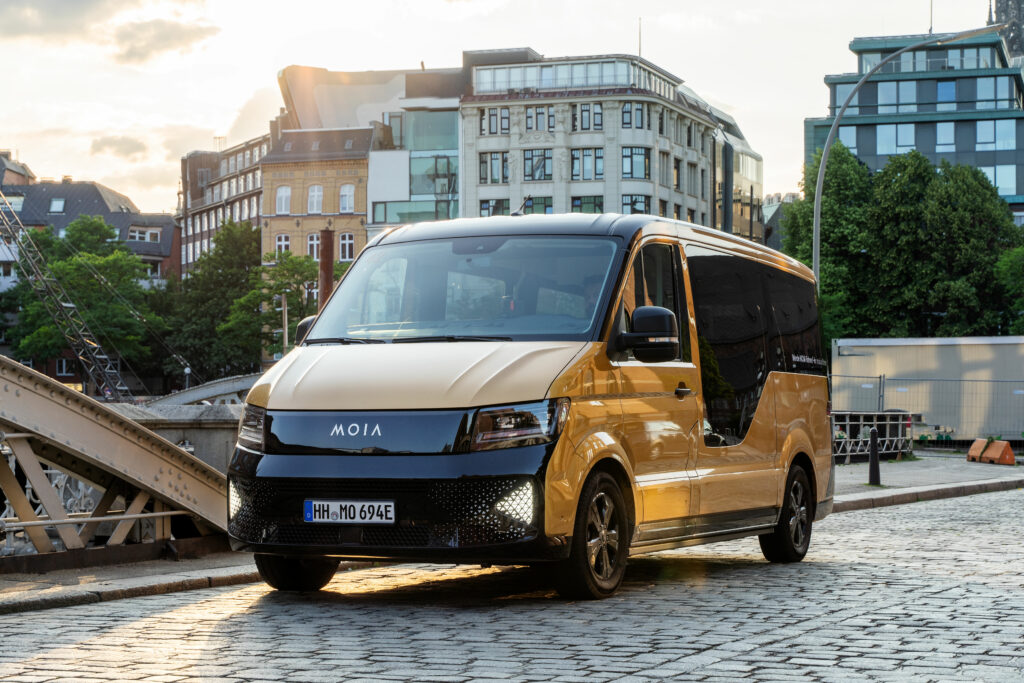
Autonomous driving is a key technology for MOIA to accelerate the expansion of ridepooling.
Since the service was launched, you have already clocked up around six million journeys…
Yes, it has all come together quite nicely since the first project in 2017. And each individual journey was invaluable to us in terms of helping us design the service so that it can be used optimally in the future: in as many cities as possible, by as many people as possible, in as many situations as possible and naturally at an affordable price. The catchword is without doubt scalability. Let’s take the city of Hamburg as an example. There are around 250 MOIA shuttles on the road at present, but in terms of the traffic load achieved, this is still a comparatively small piece of the pie – and not yet really on an appropriate scale to really ease urban traffic flows.
What would be an appropriate scale then?
Our aim is to have 5,000 MOIA vehicles on the road in Hamburg by 2030 with an operating quality of under five minutes. To do this, however, we would need around 13,000 new drivers since the vehicles operated by MOIA still need a human behind the wheel. However, this is completely unrealistic considering the well-known shortage of staff. Aside from this, employees behind the wheel need to observe statutory break times, ideally prefer to end their shift in the same place as where they started and naturally cannot be treated like robots. For example, if we bring someone from the city to a more rural location at night, a humancontrolled vehicle would typically have to return again without a fare. An autonomous car, on the other hand, could spend the night in the nearest car park and take passengers back to the city again the next morning. You can therefore already see: there is no alternative to autonomous driving as a key technology.
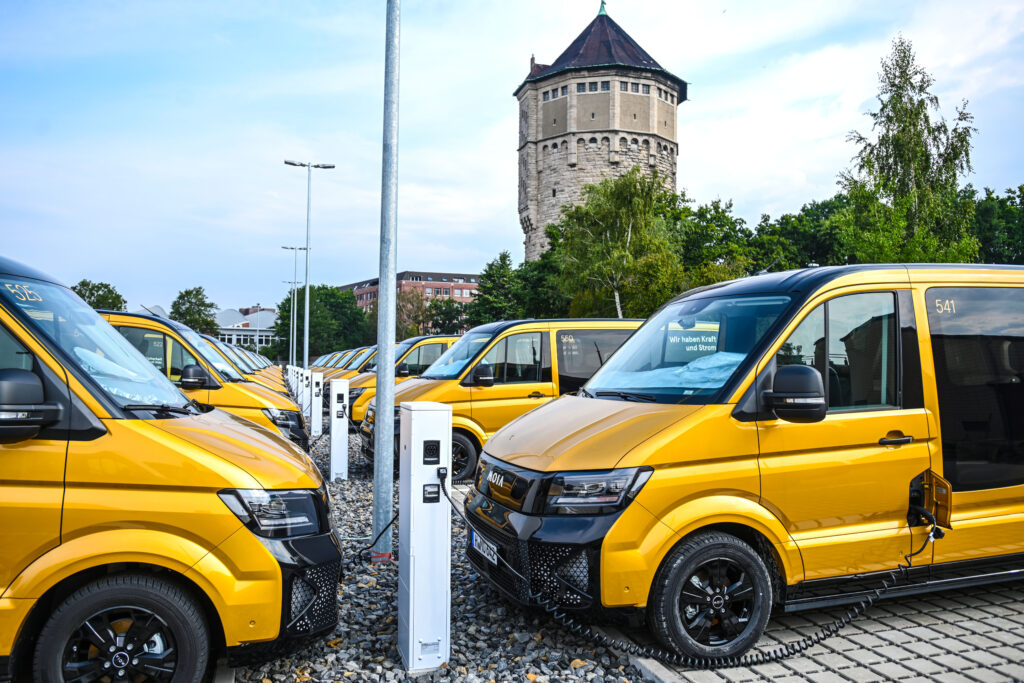
At MOIA, digital product development comes from a single source, just like the operational management of vehicles, fleets and drivers, and is deeply rooted in software and hardware.
But this is still some way off, is it not?
Quite the opposite! The next major step is already scheduled for 2025. That’s when we plan to launch the first autonomous commercial ride-pooling runs in Hamburg, albeit for a closed user group initially and with some minor restrictions, for example weather-related. After all, what might surprise many people: when it comes to legislation, Germany is truly an international pioneer in this respect. While special permits are required in the US for such projects, Germany has had a clear statutory framework for autonomous mobility since last year. Moreover, MOIA has been an official part of the Hamburg public transport system so to speak since the beginning of 2023. The Hanseatic city issued a concession to us in accordance with the amended Passenger Transportation Act, which grants us the status of a self-sustaining on-demand transport service.
If we consider a typical urban transport scenario where you have a cyclist, a parcel carrier double-parked, a women on a e-scooter and a pedestrian who suddenly crosses to the other side of the street: is autonomous mobility in the city not considerably more complex than on the motorway?
Yes and no. City driving naturally presents autonomous vehicles with a myriad of eventualities that have to be interpreted properly. Yet developments in technology are already so advanced in this area that at the moment there is nothing major preventing us getting started in the next two years. On the other side of the coin, the city is a clearly delimited area, which in turn offers many advantages in terms of data connection and the necessary route knowledge. At MOIA, we are mainly focusing at present on the areas of passenger management and fleet control.
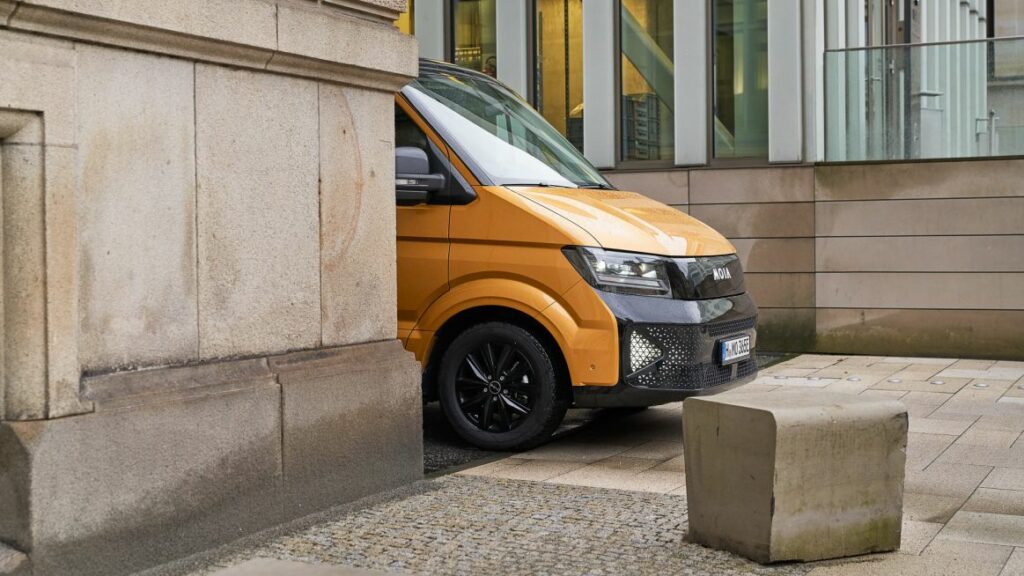
In order to provide a nationwide service, autonomous ridepooling must also be able to handle all situations for which a driver would otherwise be on board.
What does that mean specifically?
Fleet control, for instance, means always finding the best possible route so that the passenger has a positive ride-pooling experience. Imagine you are in Hamburg today and want to go to the Elbe Philharmonic Hall, you can already see it appearing on the horizon, but just beforehand the car makes a detour again to pick up another passenger; this would obviously be an unsatisfactory experience. The second lesson learned from the six million journeys: people tend to come up with pretty funny ideas at times, like they want to take their Christmas tree with them, move house with MOIA and so on… this is where passenger management comes into play. We have to take the experiences made and continue to make in this respect and transport them to the autonomous age. In a nutshell: the “tin can” must become human – and the system has to respond to the passenger in almost the same way that human drivers do.
But artificial intelligence cannot do all that?
Quite correct! The success of autonomous ride pooling depends entirely on ensuring that passengers feel safe and well looked after: for example, that they can press a button in doubt and be connected to a human via audio or video, who can intervene remotely. It is important to remember that private automobile mobility is a lengthy “learned” human behaviour: yet humans are just as willing to accept new things if they have a positive user experience from the outset. We saw this in the US, where such services already exist based on the special permits mentioned. While passengers were perhaps still a little nervous on their first or second journey without a driver, by their fifth trip at the latest they relaxed completely and were able to concentrate on checking their emails on their business mobile.
That brings us to another exciting aspect: which application scenarios do you foresee in MOIA in the area of company fleets?
We are already working on this with different companies based in Hamburg – so hotels that use our service to shuttle guests but also companies that want to reduce their fleet traffic volumes within the city. Our aim in the future is to combine the different competencies of the Group even more closely in this special user domain. A specific use case then could be: I have to travel to Hamburg city centre from outside town for a business meeting, but don’t want to pay expensive charges to park my electric company car in a city-centre car park after laboriously negotiating the city traffic; instead, I’ll leave it a bit out of town somewhere there is a charging facility or even where I have access to services such as a car wash. I’ll use an autonomous MOIA shuttle to travel the last few kilometres to my destination, naturally along with my colleagues if need be; the shuttle is perfect to work in, I can save time looking for a parking space, I am not dependent on bus and train times and I can return to my company car later with total flexibility.
Status: 1.3.2023
© Volkswagen AG
